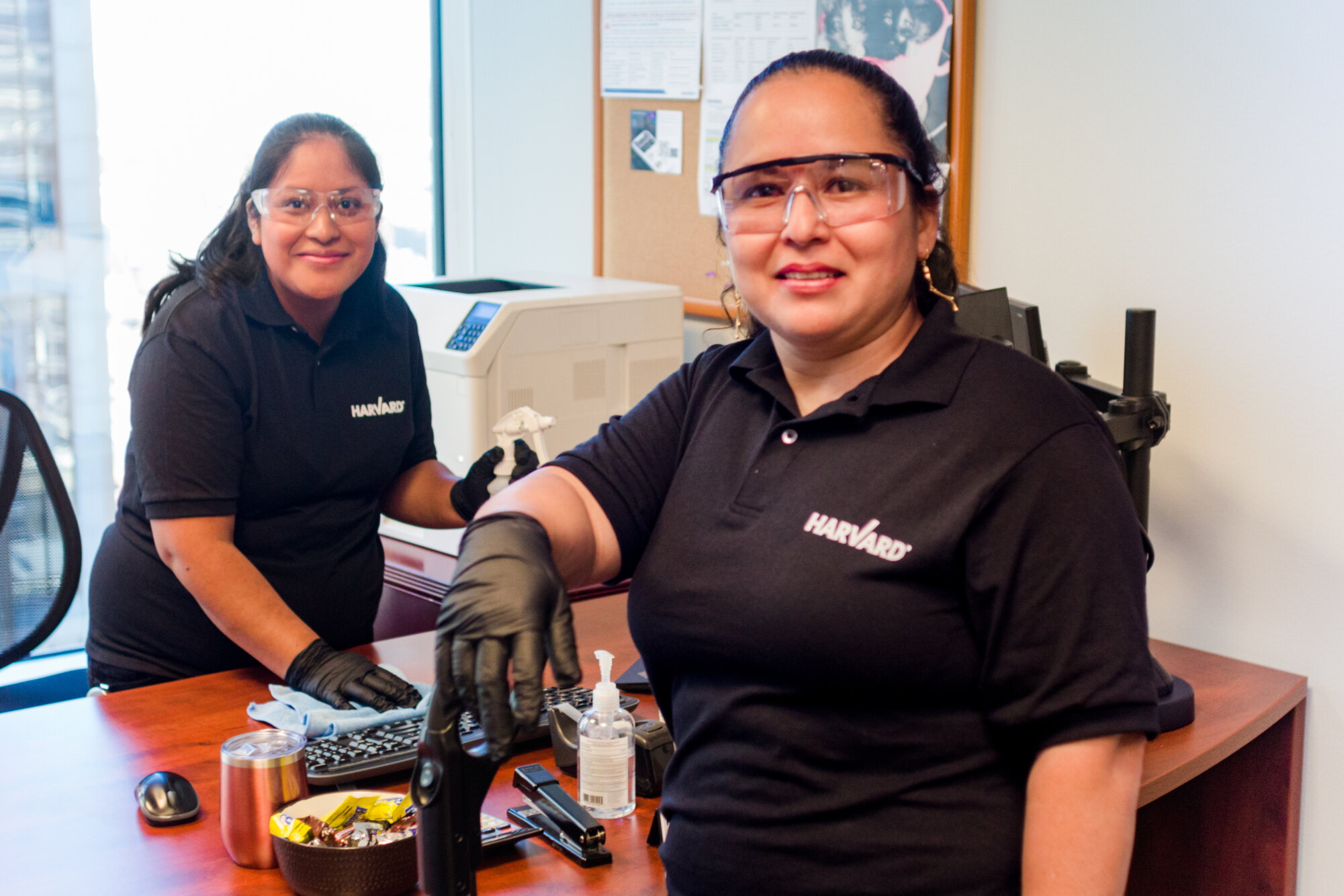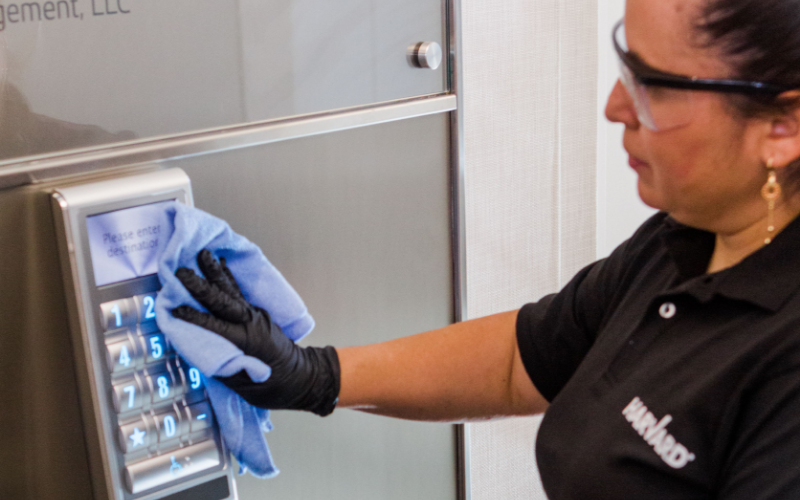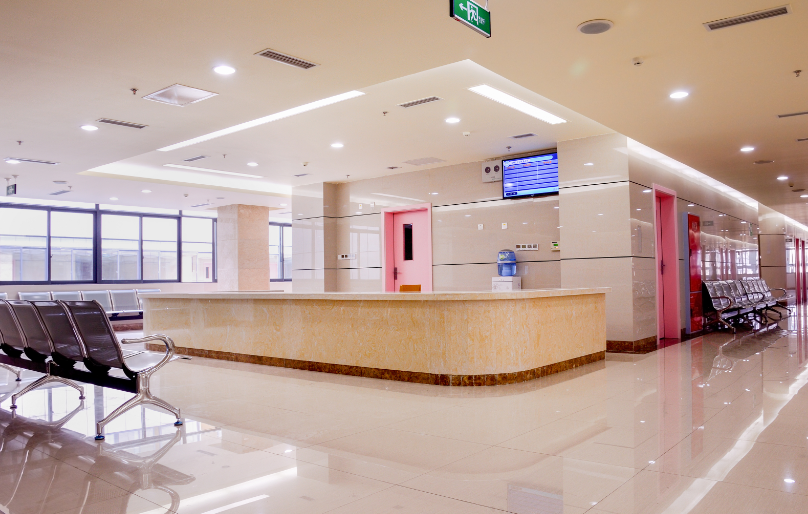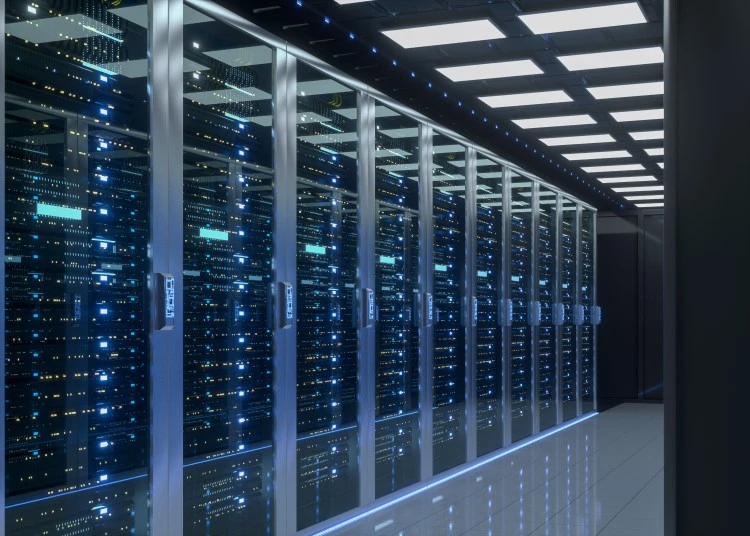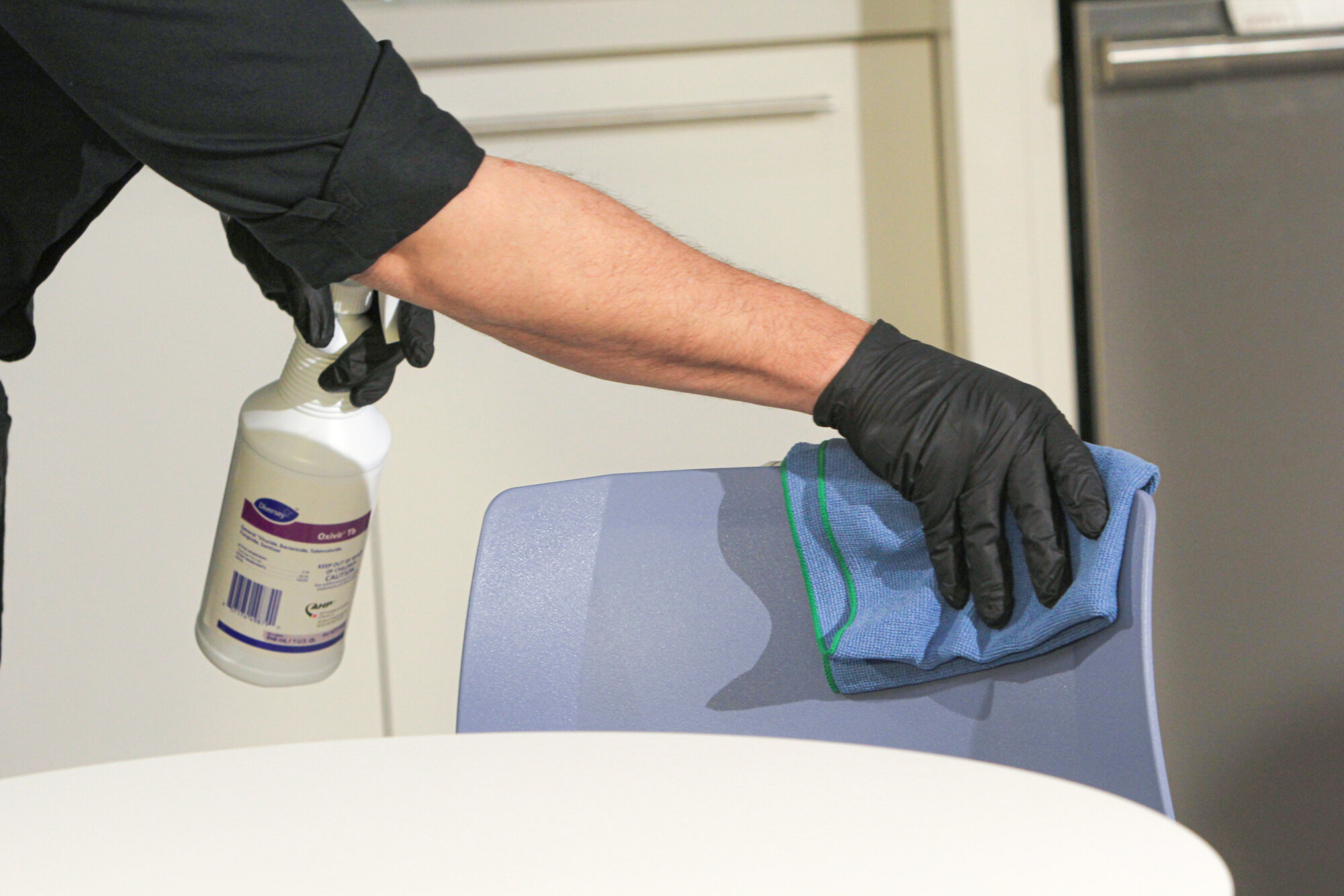Fire is one of the most critical threats facing data centers. High electrical loads, sensitive equipment, and 24/7 operations make fire suppression essential to continuity. While the focus is rightly on performance, maintenance, and compliance, an often-overlooked factor is dust build-up.
At Harvard, we understand that dusting around suppression systems isn’t just a cleaning task, it’s a component of risk mitigation. With the wrong approach, a cleaning team can compromise both fire detection and suppression leading to catastrophic data center damage and losses.
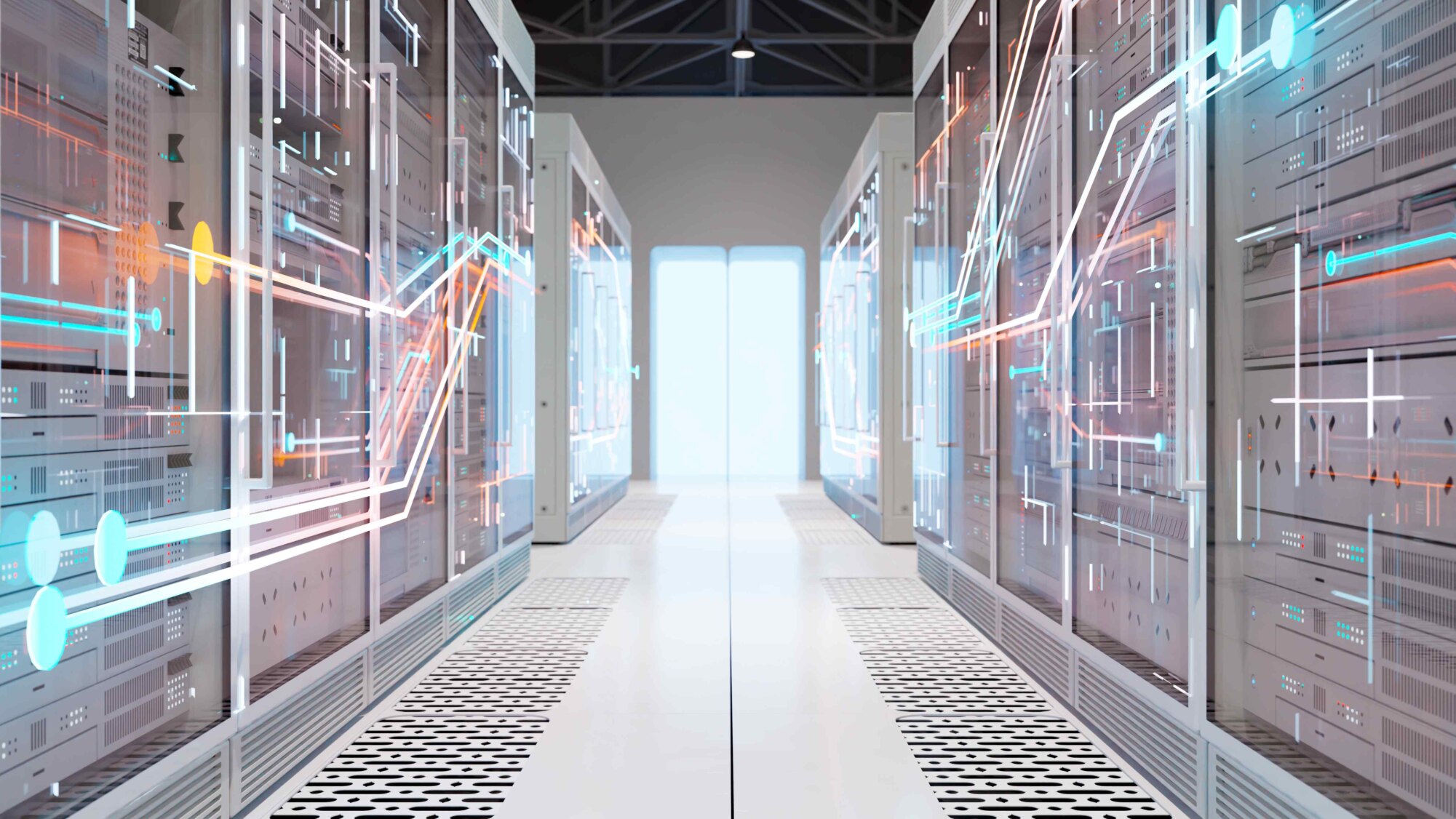
Common Fire Suppression Systems in Data Centers
Each suppression system has different cleaning implications, and understanding those differences helps prevent disruption and ensures safety.
Clean Agent Systems (e.g., FM-200, NOVEC 1230)
- Use inert gases to suppress fire without residue or equipment damage.
- Cleaning Focus: Keep nozzles and sensors free of dust to maintain accurate function.
Pre-Action Sprinkler Systems
- Hold water back until heat and smoke are detected, reducing accidental discharge.
- Cleaning Focus: Dust on heads or pipes can trigger corrosion or hinder detection.
Water Mist Systems
- Use fine droplets to cool and displace oxygen with minimal water damage.
- Cleaning Focus: Nozzles must remain clear to ensure effective misting.
VESDA Systems (Very Early Smoke Detection)
- Continuously sample air for microscopic smoke particles.
- Cleaning Focus: Pipes and filters must be kept dust-free to prevent false alarms.
Why It Matters
In data centers, dust is more than a nuisance—it interferes with critical equipment functionality, sensors, affects airflow, and increases fire risk. Suppression system components are often elevated or inconspicuous but still need attention. Cleaning teams without the right training or tools may unintentionally do more harm than good.
Best Practices for Cleaning Fire Suppression Equipment
- Begin with a full risk assessment.
- Coordinate with facility staff to understand system layouts and restrictions.
- Use microfiber cloths and HEPA-filtered vacuums—never wet or abrasive materials.
- Follow strict site specifications and protocols and document all cleaning near critical equipment.
Clean Equipment Supports Safety and Efficiency
Fire suppression systems protect up time, assets, and lives. Ensuring these systems are dust-free and unobstructed is a vital, often invisible, layer of facility readiness. Clean components not only reduce the risk of false alarms or system failure, they also help maintain optimal airflow, detection accuracy, and overall system efficiency.
In high-stakes environments like data centers, your cleaning partner should be as familiar with the risks as your operations team, ensuring nothing compromises performance or preparedness. Let’s partner together to ensure a clean and risk-free environment. Request a quote today!

